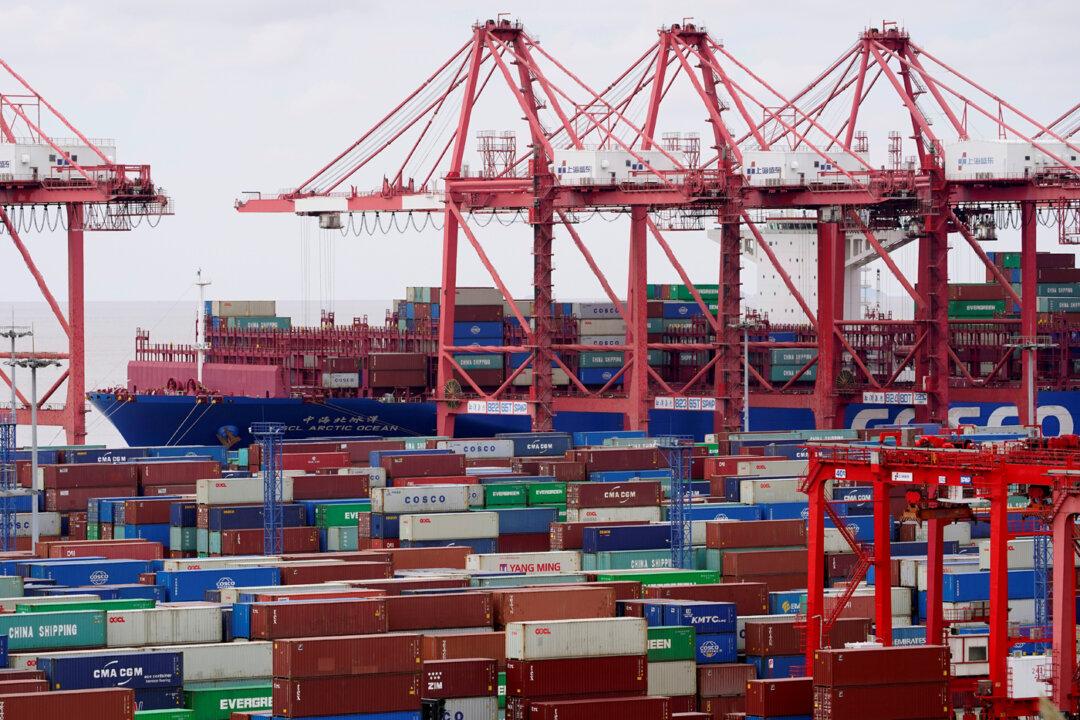The United States’s goods imports from China fell by 25 percent during the first six months of 2023, the Department of Commerce reported on Aug. 8. Mexico and Canada have replaced China as the top providers of goods to the United States, as a result of the nearshoring shift for more diversified supply chains. Meanwhile, China has increased trade with Russia.
The United States imported about $203 billion in goods from China in the first six months this year, 25 percent less than in the same period in 2022, according to the latest data released by the Commerce Department. The figures are not adjusted for inflation.




